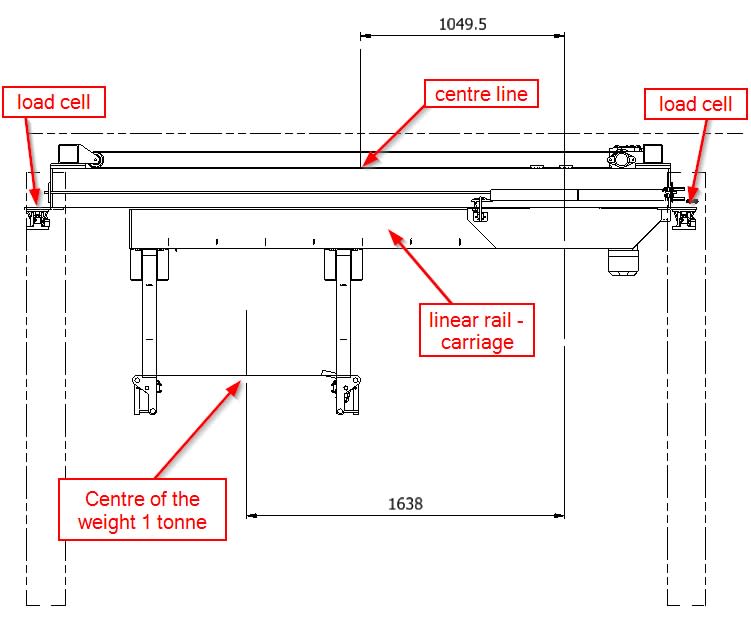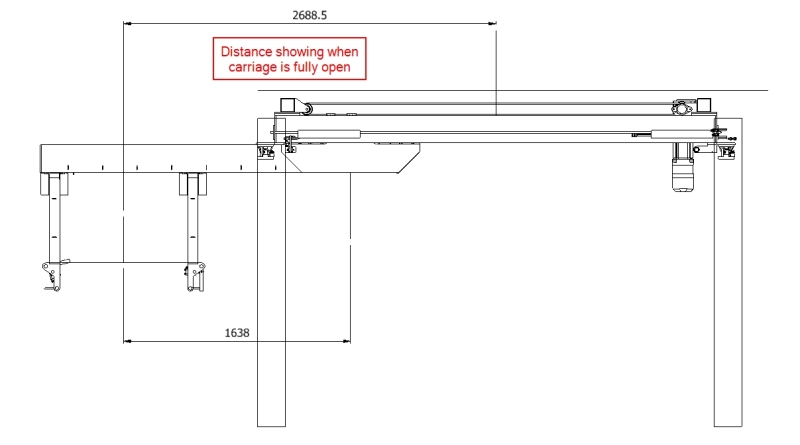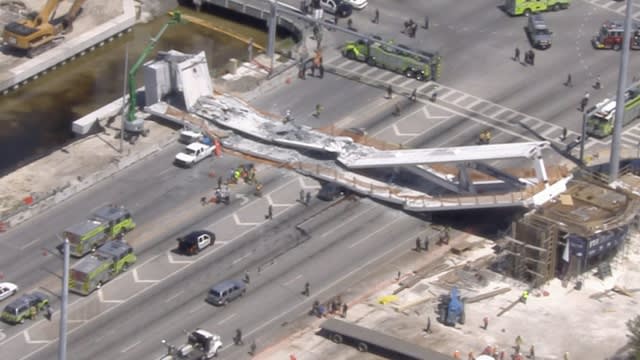lookieuk
Mechanical
- Mar 15, 2018
- 4
Hi peeps
Am after a little help with a project been asked to do, please see images below
Showing a linear rail system on load cells.
My question is trying to figure out the loading if I use two air cylinders on the load cells to act as a counterbalance when the linear carriage is fully out, / what kind of air cylinder could use? what would be the force?
Is there some simple cals i can do to work this out?



Thanks very much
Am after a little help with a project been asked to do, please see images below
Showing a linear rail system on load cells.
My question is trying to figure out the loading if I use two air cylinders on the load cells to act as a counterbalance when the linear carriage is fully out, / what kind of air cylinder could use? what would be the force?
Is there some simple cals i can do to work this out?



Thanks very much




